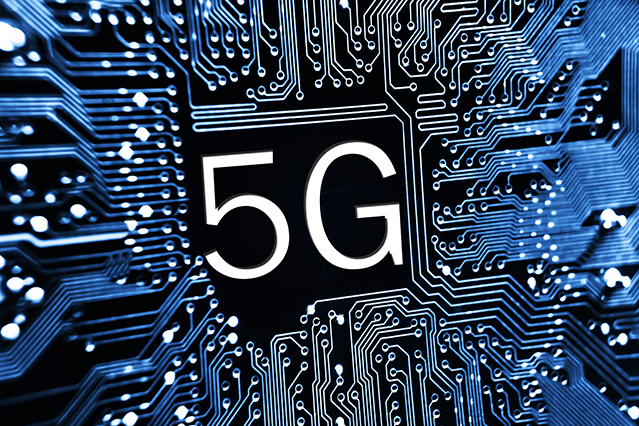Beyond 5G: Technical and Regulatory Trajectories
Beyond 5G: Technical and Regulatory Trajectories

As 5G mobile broadband service is on its course to be deployed later in this decade, researchers and industry visionaries have started thinking about what might follow thereafter. Many define this phase as “Beyond 5G” (B5G), which means wireless communications technologies that are likely to be introduced after 2025, likely operating above 6 GHz. Although the path from 5G to B5G is expected to be evolutionary, the enhanced capabilities of B5G could disrupt many established business models and the regulatory landscape.
Before talking about B5G, let’s understand 5G. A recent publication in IEEE Spectrum summarized the 4G to 5G evolution in the following figure:
| Data Rate The maximum transmission data rate (dark blue) will be 20 times as fast as 4G LTE, while the average user will experience rates 10 to 100 times as fast. |
| Proposed Technologies |
| Spectral Efficiency 5G will improve downlink spectral efficiency (bits per second per hertz) threefold. |
| |
| Data Processing The network will be able to process 100 times as much data in a given area (megabits per second per square meter). |
| |
| Device Density About 900,000 more devices per square kilometer will be able to connect to the network. |
| |
| Mobility 4G can provide data to devices moving at up to 350 kilometers per hour. 5G will provide data to devices moving at up to 500 km/h. |  | |
| Transmission Delay 5G will have one-tenth the latency of 4G |  | |
| Energy 4G takes 1 millijoule to transfer a 1,000-bit data packet. 5G will be able to transfer packets 100 times as efficiently |  |
Source: IEEE
According to a published report by NetWorld2020, the target data rate of B5G is expected to be on the order of Tb/s, using frequencies above 300 GHz and channel bandwidth of the order of 50 GHz. Moreover, the B5G technology is likely to develop spectrum-sharing capabilities among the carriers. This envisions sharing of spectrum, and in some cases also radio hardware, by multiple carriers in a given area. Software running on these platforms will differentiate the services within a secure environment. Densely deployed wireless access nodes will communicate with each other and form a kind of wireless cloud. The report states that fundamental research in massive and reliable distributed software architecture will be required to achieve the B5G vision.
While researchers are ready to develop new solutions implementing B5G, they also acknowledge that the regulatory landscape is not well understood for such an environment. First, allocation beyond 275 GHz is undefined at the moment. Second, the notion of having a fixed spectrum for each service is so ingrained in business and regulatory discussions that it is not clear how the idea of a spectrum pool will play out. The B5G community has already identified these issues, and is now considering a viable solution.
The community is also aware that the technology may intensify the digital divide in our society. The technology trajectory of B5G is geared towards urban areas: Neither the 300GHz frequency nor the dense wireless cloud is viable in rural areas. As the divide between the urban and rural areas grows, governments might step in and enact regulation to narrow the gap. In that case, spectrum used by radio and TV broadcasters could be at risk.
It’s clear that research beyond 5G has already begun, and it appears that planning the development of B5G technology will have to keep societal impact and government regulations in mind.





